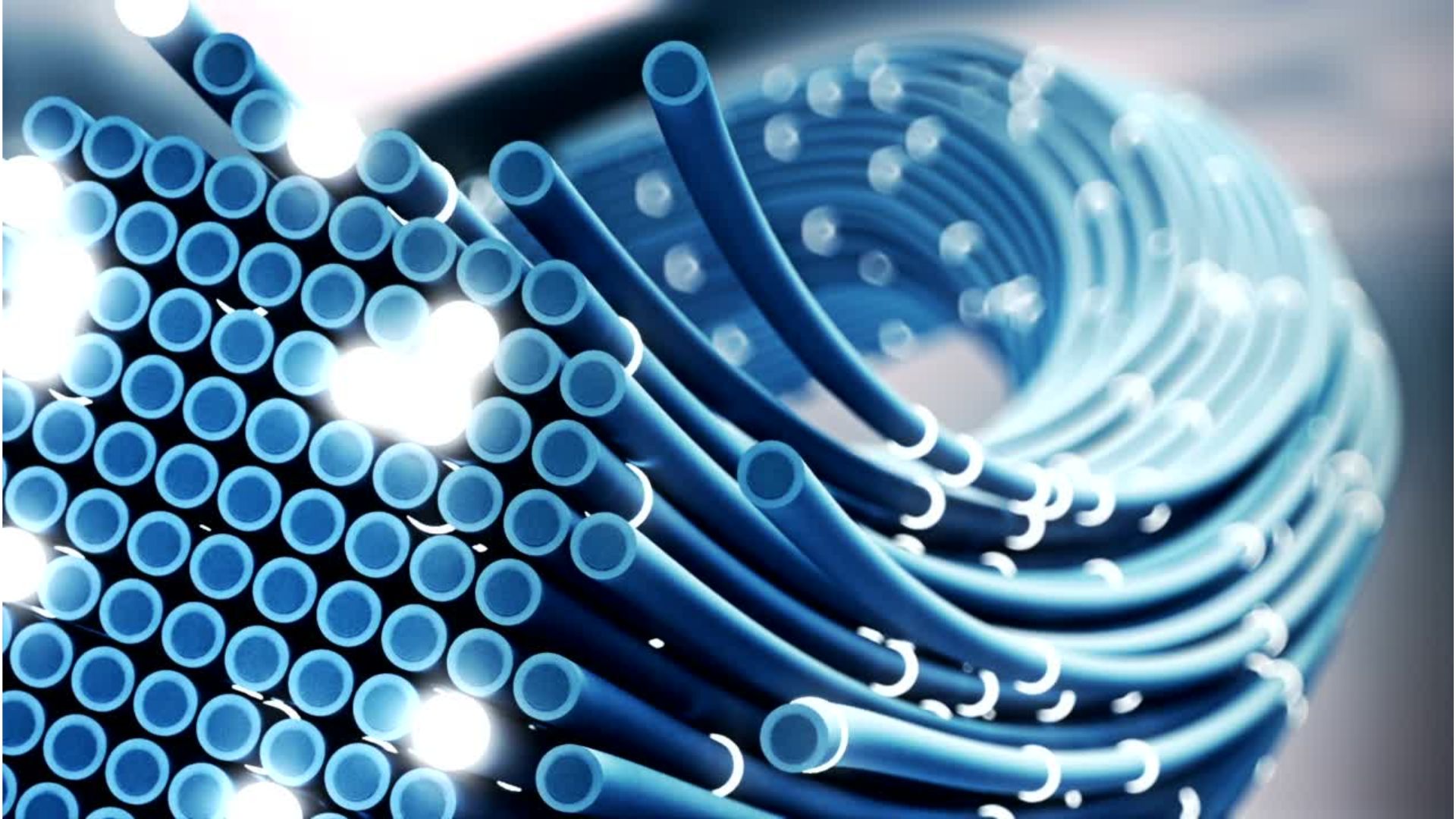The Economics of Fixed Wireless Access: Is It a Viable Alternative to Fiber and Cable?
Category : 5G Wireless | Sub Category : 5G Wireless Posted on 2025-04-28 13:56:31

A strong substitute for
conventional broadband options including fiber-optic and cable networks is
fixed wireless access, or FWA. FWA makes use of wireless technology, especially
5G, to provide high-speed internet access without requiring a lot of aerial or
subterranean infrastructure. It is critical to assess the economic viability of
FWA in relation to fiber and cable as the demand for broadband access
increases, especially in underserved regions. The cost structures, deployment
factors, market uptake, and long-term feasibility of FWA as a broadband substitute
are examined in this article.
The economic advantage
of FWA arises mostly from reduced infrastructure costs as compared to
fiber-optic and cable networks. Unlike fiber, which needs major trenching and
physical cable installation, FWA delivers internet connectivity over existing
cellphone towers and small-cell networks. This lowers both initial capital
investment (CapEx) and ongoing maintenance expenditures. Fiber deployment
necessitates a significant initial investment in materials and labor, which may
easily run into the hundreds of dollars per mile. In contrast, FWA providers may use existing
cellular infrastructure to dramatically reduce deployment costs. Furthermore,
deploying fiber might take months or even years, but FWA networks can be put up
in weeks, making them an appealing alternative for rapidly extending internet
access. Furthermore, FWA networks may be extended with little expenditure by
deploying more wireless airwaves and updating tower equipment rather than
constructing new cables.
While FWA is a
cost-effective alternative, its performance when compared to fiber and cable is
critical to its viability. Fiber networks provide symmetrical gigabit speeds
and extremely low latency, making them perfect for high-bandwidth applications
like streaming, gaming, and corporate services. Modern 5G-based FWA can reach
rates of over 1 Gbps, however performance can be hampered by signal
interference, network congestion, and distance from base stations. Fiber and
cable networks offer more steady and constant speeds than FWA, which is subject
to weather, physical impediments, and spectrum limits. However, FWA excels at
delivering internet connectivity in rural and underdeveloped regions where
fiber development is not economically feasible. It is a vital tool for bridging
the digital divide in the United States.
FWA use has developed
significantly, owing to lower 5G technology prices, more spectrum availability,
and government programs pushing broadband development. Consumer price, Internet
Service Provider (ISP) investment, and government incentives are all key
economic elements determining FWA's market viability. FWA services are
frequently priced favorably to regular internet solutions, making them an
appealing option for budget-conscious users, particularly in areas with little
broadband competition. Major telecommunications companies have made major
investments in FWA, increasing service coverage and performance. In addition,
the US government has committed monies through projects such as the Rural
Digital Opportunity Fund (RDOF) to assist broadband growth through FWA in
places where fiber deployment is not cost-effective.
Fixed Wireless Access is
a cost-effective and quickly deployable alternative to fiber and cable
internet, especially in areas where traditional infrastructure is
impracticable. While FWA cannot yet match fiber's speed and dependability,
developments in 5G technology, government support, and more investment from
telecom carriers are making it a viable internet option. As the industry
evolves, FWA is expected to play an important role in extending broadband
access and influencing the future of connectivity in the United States.
Visit our website https://www.nextgwireless.net
#CableInternet
#SatelliteConnectivity #Internet #NextelleWireless
Search
Categories
Recent News
- Smartphone Technical Features: Enhancing the User Experience
- Smartphone Technical Features: Enhancing the User Experience
- Google Android Software: Powering the Mobile Revolution
- The Future of Apple Operating System
- Cameras in Smartphones
- Emerging 5G Networks and Their Significance
- Smart Phones and Society
- 3G, 4G, and 5G Wireless: An Evolution in Connectivity